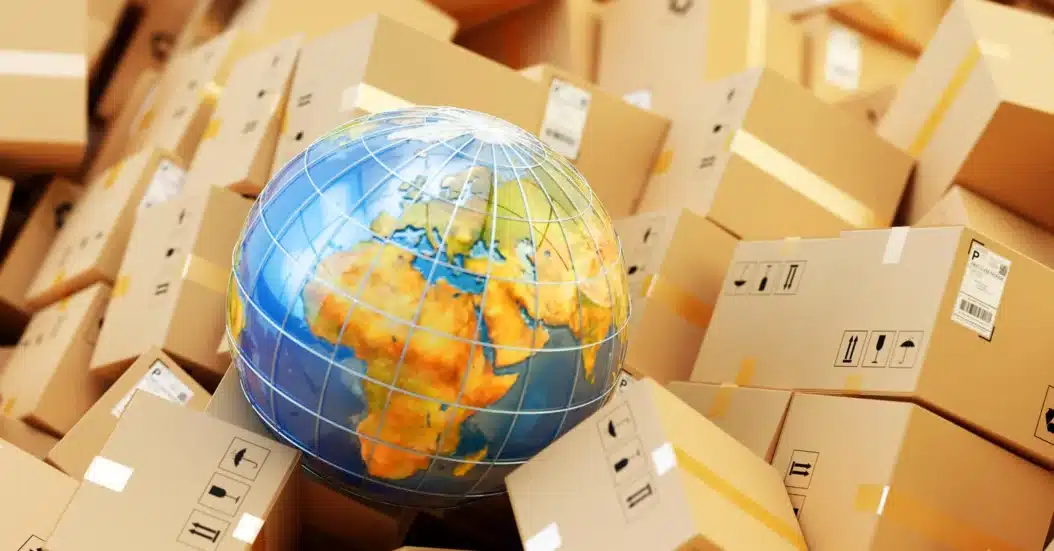Expanding your company brings various challenges, such as new payment processors, different warehousing infrastructure, fulfillment options and meeting both repeat and new customer expectations.
These challenges might seem too risky to take on, especially if all is going well, but knowing when to take a step towards expansion can take some of the risk out of the decision making. Knowing when it’s time to internationalize can oftentimes be found in your company’s operational data.
What follows will be four data driven signs that are a good indicator that your company is ready for international expansion. Once you are certain that the timing is right you will then be able to focus on solving the challenges that come with expansion.
4 signs you’re ready to internationalize
Sign 1: Strong AOV
Average Order Value or AOV is key to helping determine your international strategy. For example, let’s say you are looking to expand to the EU so you set up a warehouse in Poland and make that your shipping hub.
Perhaps you start shipping locally first. By paying attention to your AOV you will be able to determine if your shipping costs impact your profits. You might find that your products are large, heavy or bulky and thus shipping costs are cutting into your profits which might very well impact your AOV and mean that it’s not the exact right time to internationalize.
Sign 2: Trustpilot
Trustpilot can be a good tool for exploring internationalization. Reading customer reviews on Trustpilot is helpful because it can be a good gauge of your company’s reputation because seeing who and where the reviews are coming from is also very useful.
Knowing where the reviewers are writing from can be a good indicator of perhaps where to next focus your company’s expansion, because the Trustpilot data can show you how far your company is already reaching.
Sign 3: Product Expansion
A general rule of thumb is that businesses expand either geographically or in products offered. If you are seeing a good and increased rate of repurchases this means your customers like your product, and it is a signal that you can start to roll out extra product categories.
In short, repurchases are a good sign that your customers could pivot and your company could grow through product expansion.
Sign 4: Many orders from outside the country
As has just been stated a general rule of thumb is that businesses expand either geographically or in products offered. When you start to see your orders come from new geographic regions with consistent regularity then this is a very good indicator that your company is ready, if not already without you knowing it, expanding internationally.
Best practices for internationalization
To know when it’s a good time for your company to internationalize, keep best practice main signals in mind.
- First, your AOV and gross margins have to be sufficient enough to absorb higher delivery costs.
- Second, traffic or purchases from other territories on domestic websites is often a sign that there is expanded interest in your company.
- Third, building local websites in local languages, not just your standard .com or .uk. The reason for this is that these websites will help you track your web traffic as well.
- Fourth, have a local infrastructure so that you can get product delivery down to an acceptable time and cost. If you’re expanding into Europe, having a warehouse in a centralized European country will give your customers faster delivery times at a lower cost.
- Finally, the fifth practice that can help in your internationalization is finding a way to analyze data from territories separately. This might mean setting up individual Google ads and Shopify stores that are separate from your home store so that you can quickly generate insights just as you would in your home country. These best practices can provide you with the key tools and data to help you as you explore internationalizing your company.
